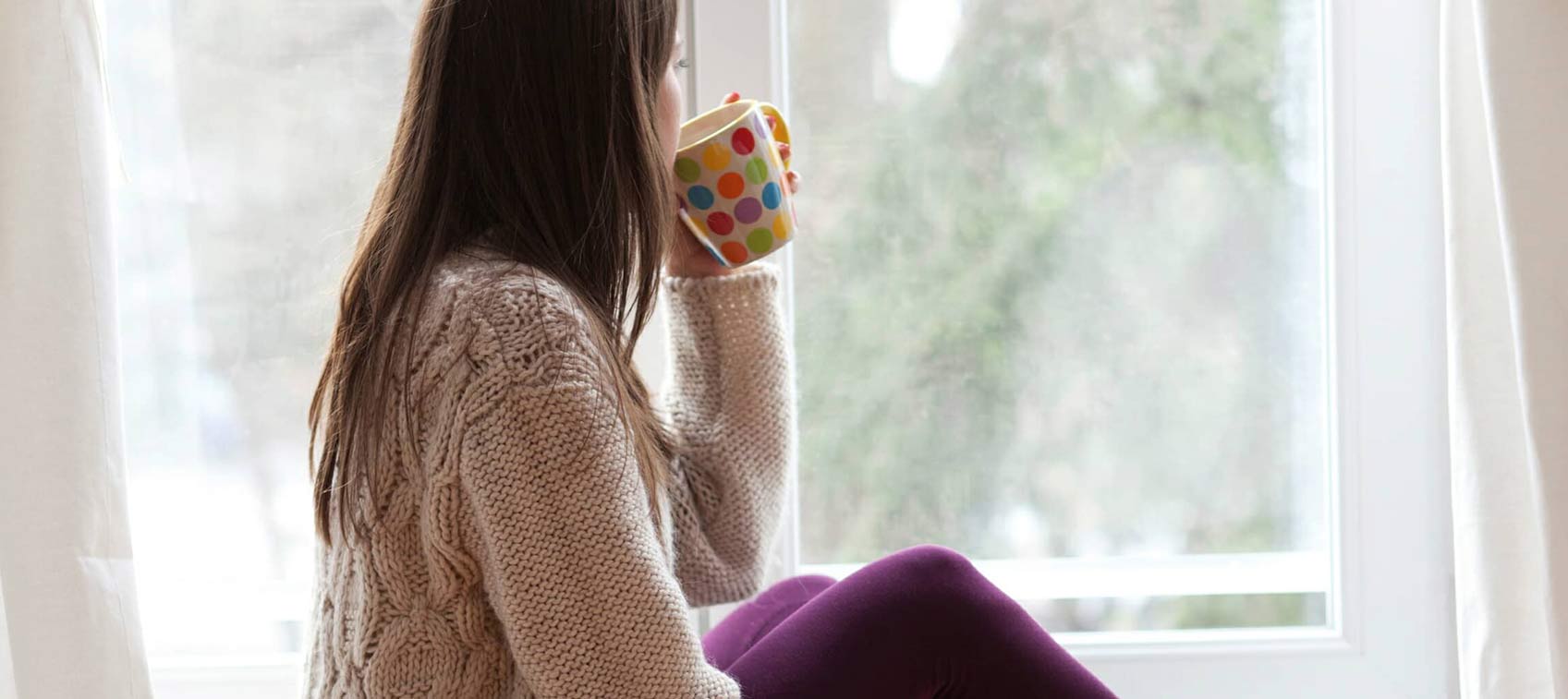
Seasonal affective disorder (SAD) is a form of depression that occurs only in winter. Also referred to as the “winter blues,” SAD is accompanied by longer sleep, increased appetite, and carbohydrate cravings, often with weight gain. It resolves in the spring or summer and then recurs as shorter days set in. SAD, which is more common in northern latitudes, affects millions of people worldwide and more women than men.
Not surprisingly, the most popular conventional SAD treatment is serotonin-altering antidepressants (selective serotonin reuptake inhibitors, or SSRIs) such as Prozac, Zoloft, and Paxil. But these drugs are riddled with side effects ranging from loss of libido, headache, poor appetite and nausea to emotional detachment, severe agitation, uncharacteristic aggression and violence, and suicidal thoughts.
The good news is that there are safe, natural SAD treatments.
Light Therapy for SAD
The best natural SAD treatment is light therapy. Sitting near a “light box” fitted with special fluorescent bulbs that emit bright, full-spectrum light (containing a broad range of wavelengths of light) for 30–60 minutes a day has been shown to raise serotonin levels, improve mood, and normalize sleep patterns and appetite.
Another option is to replace some of the bulbs in the light fixtures in your home and office with full-spectrum bulbs, creating a full-spectrum room of your own. You don’t have to replace every fixture, but the majority of lighting in the rooms where you spend the most time should be full-spectrum in order to get the proper light therapy for SAD.
Verilux is one reputable company that offers several full-spectrum lighting options. OttLite also sells full-spectrum lamps, bulbs and tubes. Light therapy for SAD is so helpful that anyone suffering with depression, even if it is not seasonal, should try it.
Supplemental Vitamin D for SAD Treatment
Vitamin D is best known for its effects on calcium metabolism and bone density. However, it is active throughout the body, including the brain and the central nervous system, and in clinical trials of patients with SAD, supplemental vitamin D has resulted in significant improvements in depression. I suggest taking 2,000–5,000 IU of vitamin D3 daily for SAD treatment.
Exercise Is a Great SAD Treatment
Exercise increases the production of endorphins and other neurotransmitters that are the biochemical source of the “runner’s high.” It also provides a distraction from negative emotions such as sadness and offers a powerful boost to self-esteem. You needn’t become a marathon runner to get the mood-elevating benefits of exercise. Studies have shown that running, walking or performing strength exercises for 20–60 minutes a few times a week is sufficient.


